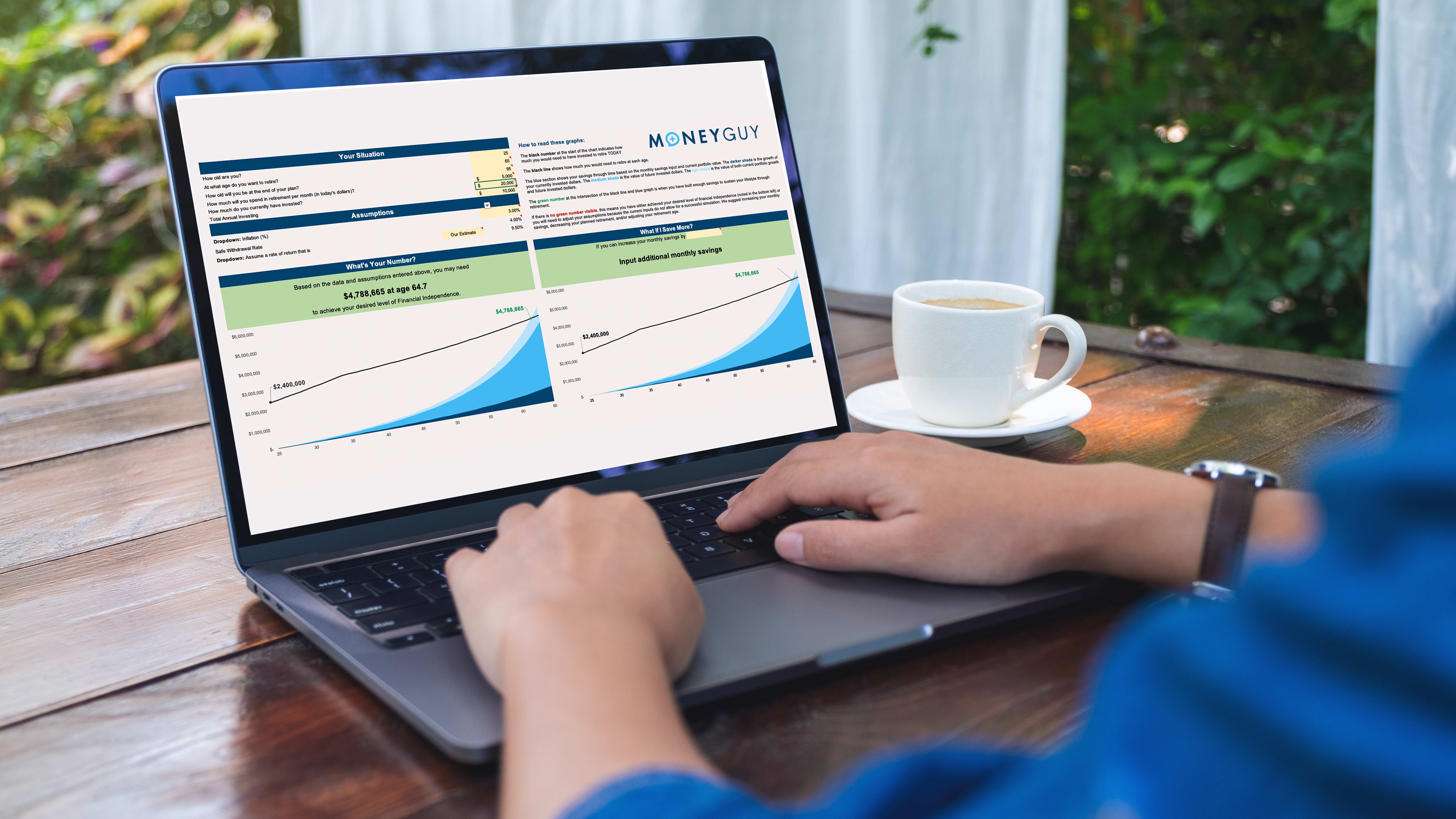
Change your life by
managing your money better.
Subscribe to our free weekly newsletter by entering your email address below.

Subscribe to our free weekly newsletter by entering your email address below.
Today’s Podcast features special guest host Brandon Verner of Verner, Perling & Company, P.C. If you would like more information on Brandon, please visit www.VPCCPA.com. If you have any questions for Brandon, feel free to email him at [email protected].
On May 17, 2006, President Bush signed into law the Tax Increase Prevention and Reconciliation Act of 2005. Many income tax benefits expired at the end of 2005 but were not extended by this legislation (e.g. the deduction for state and local sales taxes; the deductions for school teacher’s expenses; the deduction for higher education expenses; etc.). However, Congress says they will extend many of these provisions later this year. The following are some of the provisions of the Act:
*Two-Year Extensions (through 2010) of Reduced Rates on Capital Gains and Dividends. Currently, long term capital gains and qualified dividend income are taxed at a maximum rate of 15-percent through 2008. For taxpayers in the 10 and 15-percent tax brackets, the tax rate is 5-percent through 2007 and zero in 2008. The Act extends these special tax rates for long-term capital gains and qualified dividends through 2010.
*Increase in AMT Exemption Levels for 2006. The Act increases the AMT exemption levels for 2006 to $62,550 for joint filers and $42,500 for single filers. For 2005, the exemption amounts were $58,000 for joint filers and $40,250 for single filers. Absent additional congressional action, these exemption amounts will fall to $45,000 for joint filers and $33,750 for single filers after 2006.
*Unearned Income of Children under Age 18 (Rather than Age 14) Taxed at Parents’ Rates After 2005. For 2005 and prior years, children under age 14 at the end of the tax year were taxed on their unearned income (e.g. interest and dividends) at their parents marginal tax rate if the unearned income exceeded a threshold amount (e.g. $1,600 for 2005). The Act increases the age of children subject to this tax to those under age 18 effectice for years beginning after 2005. The rule does not apply to a child who is married and files a joint return for the taxable year. There is also an exception for distributions from certain qualified disability trusts, as defined in sections 1917 and 1614(a)(3) of the Social Security Act. Note: For 2006, the threshold amount is $1,700.
*1099-Type Reporting of Interest on Tax-Exempt Bonds After 2005. Under the Act, interest paid on tax-exempt bonds is subject to information reporting in a manner to similar interest paid on taxable obligations. The provision is effective for interest paid on tax-exempt bonds after December 31, 2005. Note: Even though the income tax is exempt, it is relevant for determining eligibility for the earned income credit, the amount of Social Security benefits includable in income, etc.
*No income Limitation for Traditional-to-Roth IRA Conversions after 2009. Effective for tax years beginning after 2009, the Act removes the modified adjusted gross income limitation ($100,000) on rollovers from a traditional IRA to a Roth IRA. Thus, taxpayers may convert a regular IRA to a Roth Ira after 2009 without regard to their AGI. Under the Act, taxpayers pay tax on amounts converted in 2010 in equal installments in 2011 and 2012 unless they elect out of this provision.
Business Changes
*$100,000 (indexed) Section 179 Deduction Extended Through 2009. Under current law, businesses may expense up to $100,000 (indexed or inflation) of investments in depreciable assets. The deduction phases out dollar-for-dollar to the extent the cost of Section 179 property exceeds $400,000 (indexed or inflation). The 179 deduction was to be reduced to $25,000 and the phase-out threshold would have declined to $200,000 after 2007. The Act extends the $100,000 indexed expense amount and the $400,000 indexed phade-out threshold through 2009. Note: The indexed 179 amounts for 2006 are $108,000 and $430,000 respectively.
“Be Careful What You Buy in a Bank,” by Suze Orman.
Subscribe on these platforms or wherever you listen to podcasts! Turn on notifications to keep up with our new content, including:


Financial Order of Operations®: Maximize Your Army of Dollar Bills!
Here are the 9 steps you’ve been waiting for Building wealth is simple when you know what to do and…
View Resource
Can This Annuity DESTROY Your Retirement?
Read MoreThe IRS Just Changed the Rules About 401(k)s (What You Need to Know)
Read MoreWealth Multiplier Revealed: The Magic of Compound Interest!
Read More

How about more sense and more money?
Check for blindspots and shift into the financial fast-lane. Join a community of like minded Financial Mutants as we accelerate our wealth building process and have fun while doing it.




It's like finding some change in the couch cushions.
Watch or listen every week to learn and apply financial strategies to grow your wealth and live your best life.
Subscribe to our free weekly newsletter by entering your email address below.